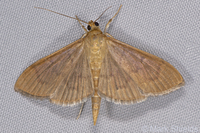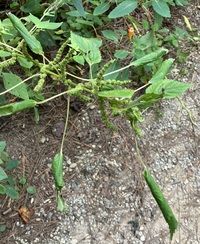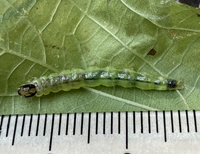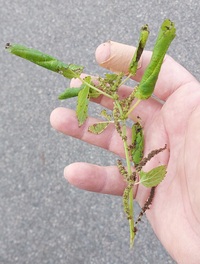
| Recorded by: Mark Basinger and Donald Zepp on 2025-11-13
Pitt Co.
Comment: | 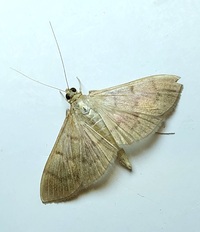
| Recorded by: Mark Basinger on 2025-11-07
Brunswick Co.
Comment: |
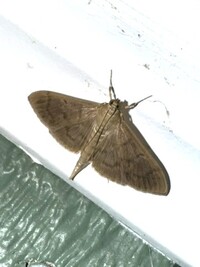
| Recorded by: Tim Foley on 2025-10-31
Durham Co.
Comment: | 
| Recorded by: Simpson Eason on 2025-10-30
Durham Co.
Comment: |

| Recorded by: Mark Basinger on 2025-10-24
Brunswick Co.
Comment: | 
| Recorded by: Mark Basinger on 2025-10-23
Wilson Co.
Comment: |
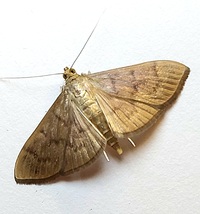
| Recorded by: Mark Basinger on 2025-10-21
Wilson Co.
Comment: | 
| Recorded by: Mark Basinger and Jim Petranka on 2025-10-17
Madison Co.
Comment: Boehmeria cylindrica was host plant. Checked several leaf rolls, no larva were observed, just frass. |

| Recorded by: Michael P Morales on 2025-10-08
Cumberland Co.
Comment: | 
| Recorded by: Jim Petranka and Becky Elkin on 2025-10-04
Madison Co.
Comment: Larva from a rolled leaf of Boehmaria cylindrical. |
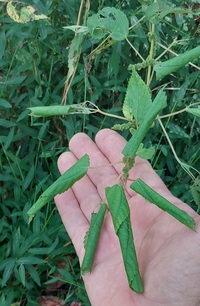
| Recorded by: Mark Basinger on 2025-10-03
Anson Co.
Comment: | 
| Recorded by: Dean Furbish, Lior S. Carlson on 2025-09-24
Wake Co.
Comment: |
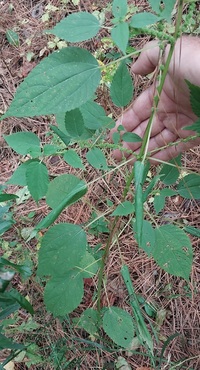
| Recorded by: Mark Basinger on 2025-09-07
Bladen Co.
Comment: | 
| Recorded by: Emily Stanley on 2025-08-16
Buncombe Co.
Comment: |

| Recorded by: Mark Basinger on 2025-07-24
New Hanover Co.
Comment: | 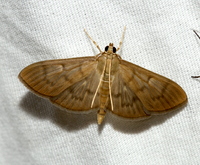
| Recorded by: David George, Rich Teper on 2024-11-05
Chatham Co.
Comment: |
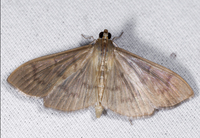
| Recorded by: John Petranka on 2024-10-31
Orange Co.
Comment: | 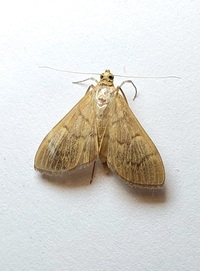
| Recorded by: Mark Basinger on 2024-10-19
Brunswick Co.
Comment: |

| Recorded by: Mark Basinger on 2024-10-16
Rowan Co.
Comment: | 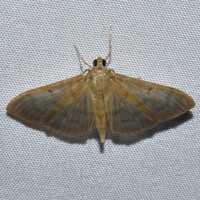
| Recorded by: Jeff Niznik on 2024-10-13
Orange Co.
Comment: |
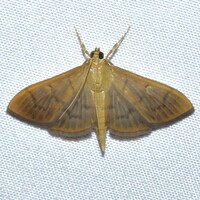
| Recorded by: Jeff Niznik on 2024-10-07
Orange Co.
Comment: | 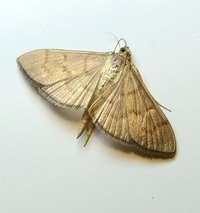
| Recorded by: Mark Basinger on 2024-10-04
Brunswick Co.
Comment: |
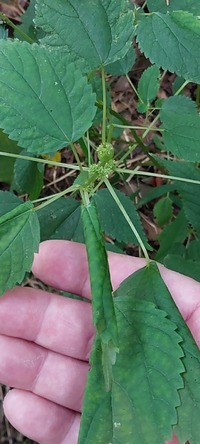
| Recorded by: Mark Basinger, Jim Petranka, and Becky Elkin on 2024-09-21
Buncombe Co.
Comment: | 
| Recorded by: Jim Petranka, Mark Basinger and Becky Elkin on 2024-09-21
Madison Co.
Comment: Unoccupied leaf rolls were on Boehmeria cylindrica. |
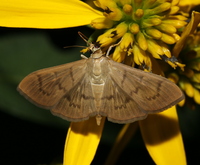
| Recorded by: David George, Jeff Niznik on 2024-09-15
Orange Co.
Comment: | 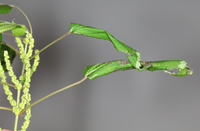
| Recorded by: Jim Petranka on 2024-09-08
Madison Co.
Comment: |
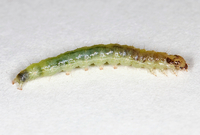
| Recorded by: Jim Petranka on 2024-09-08
Madison Co.
Comment: | 
| Recorded by: Simpson Eason on 2024-08-31
Durham Co.
Comment: |
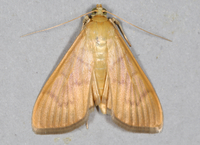
| Recorded by: Jim Petranka on 2024-08-22
Madison Co.
Comment: An adult that was reared from a leaf roll on Boehmeria cylindrica. | 
| Recorded by: Jim Petranka on 2024-08-13
Madison Co.
Comment: Leaf rolls of Boehmeria cylindrica had both larvae and a pupa; adult reared from pupa (see companion photo of the adult from 2024-08-22). |
|

 »
»